SEA SPONGES WIDE SELECTION OF TYPES AND SIZES
Sea Sponges
Sponge phylum: Porifera.
Sponges are the simplest many-celled animals. Their shapes vary from tiny cups, broad branches, or tall vases to encrustations and large, rounded masses. Sponges can range in color from bright hues in shallow waters to deeper water grays and browns. Changing growing conditions can sometimes cause problems identifying sponge types.
A sponge consists of cooperating community of cells. The cells each perform different functions. The cells surround a system of canals through which water is pumped. This provides the basis for the sponge's life functions. Water enters the canals through small pores that dot the surface of the sponge. It then passes into chambers lined with collar cells, each with a sticky funnel-shaped collar. From each collar extends a flagellum or hairlike structure whose beating creates a current. The combined action of all collar cells drives water through the canals and out of the sponge through a larger pore. The collar cells trap food particles brought in with the water and may digest or pass the food to other cells for digestion. The flow of water through the water also brings oxygen and removes carbon dioxide and other waste products. A simple sponge has one chamber and one osculum. Sponges more complex have many of each.
Most sponges have a skeleton that is a meshwork of tough protein or of microscopic hard splinters or a combination of both. Spicules are either limy or glasslike and appear in a variety of forms. Although too small to be helpful in field identification.
Sponges reproduce both asexually and sexually. Asexiual reproduction occurs when a sponge constricts off a tip of one of its branches (budding) or when parts are naturally broken off. These fragments regenerate into complete sponges. Many sponges have both male and female reproductive structures. Clouds of sperm are released into the water and are swept into another sponge; there they fertilize the eggs. The eggs then develop into swimming larvae; which are flushed from the parent's canals by currents. The larvae settles on a suitable surface and attaches itself; eventually turning into an infant sponge.
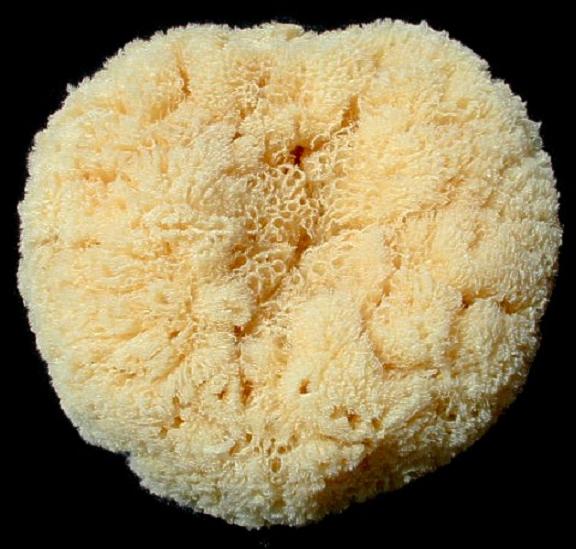
Bath Sponge
Natural color of sponges can vary, depending on the exposure to light during their life time.
BS1-2
One Bath Sea Sponge measuring 5 to 6 inches ......$7
BS2-2
One Bath Sponge measuring 6 to 7 inches......$9.95
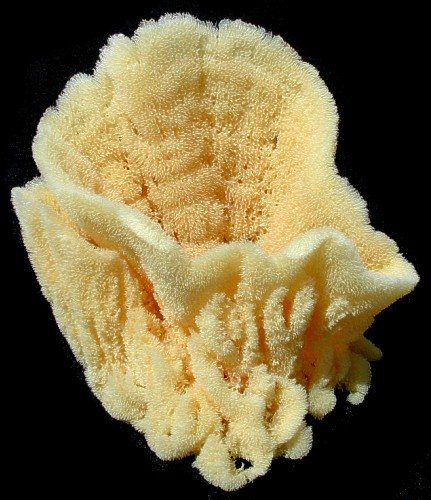
Vase Sponges
The Vase Sea Sponges are natural color and color can vary.
H2-2
One Vase Sponge measuring 5 to 6 inchesOUT OF STOCK
H3-2
One Vase Sea Sponge measuring 6 to 8 inches ......$15.50
H4-5-2
One Vase Sea Sponge measuring 8 to 10 inches......$22.50
H6-2
One Vase Sea Sponge measuring 10 to 11 inches ......OUT OF STOCK
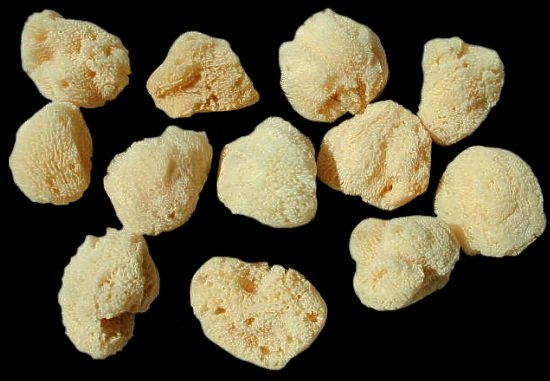
Silk Facial Sea Sponges
Silk Facial Sponges are natural and color can vary.
H0-2
One Silk Facial Sponge measuring 2 TO 3 inches..... .99
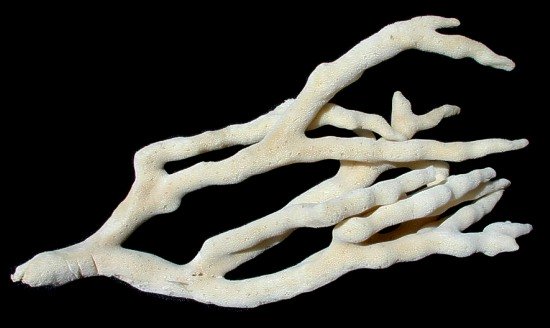
Natural Finger Sea Sponges
These are natural, so color and shape can vary.
HH2-2
One Natural Finger Sponge measuring 7 to 10 inches ......$7.75
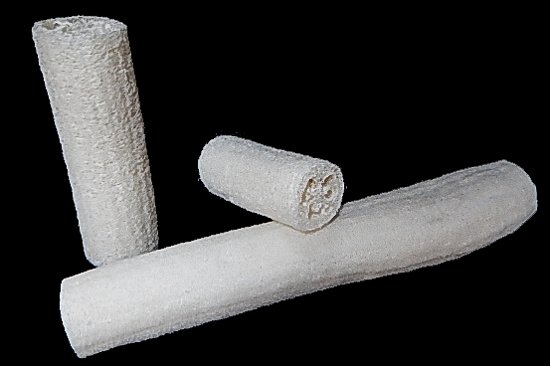
LOOFAH BATH SPONGE
Luffa is a genus of tropical and subtropical vines in the cucumber (Cucurbitaceae) family.
In everyday non-technical usage, the luffa, also spelled loofah or[ referred as Gilki/Ram Tori - in India], usually means the fruit of the two species L. aegyptiaca and L. acutangula. The fruit of these species is cultivated and eaten as a vegetable. The fruit must be harvested at a young stage of development to be edible. The vegetable is popular in India,China,Vietnam. When the fruit is fully ripened, it is very fibrous. Various dishes of Gilki/Ram Tori are prepared in India and eaten. The fully developed fruit is the source of the loofah scrubbing sponge which is used in bathrooms and kitchens. Luffa are not frost-hardy, and require 150 to 200 warm days to mature.
Natural color of sponges can vary, depending on the exposure to light during their life time.
SLL1-404
One Loofah Bath Sponge measuring approximately 6 inches......$5.75
SLL2-404
One Loofah Bath Sponge measuring approximately 12 inches......$8.49
SLL3-404
One Loofah Bath Sponge measuring approximately 18 inches......$14.25